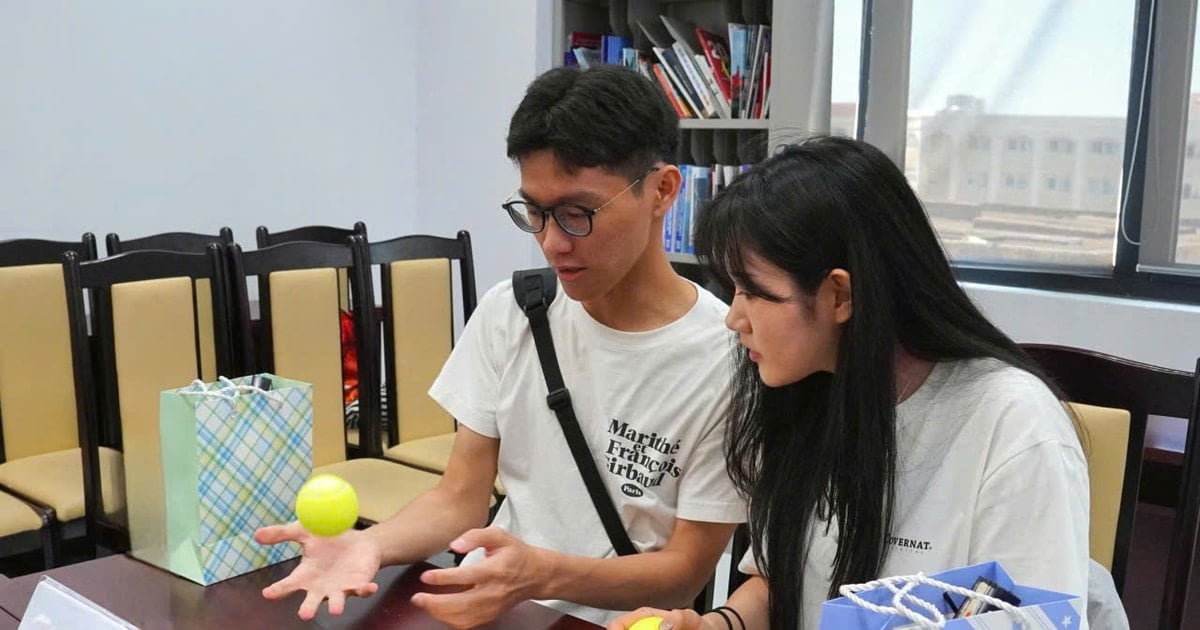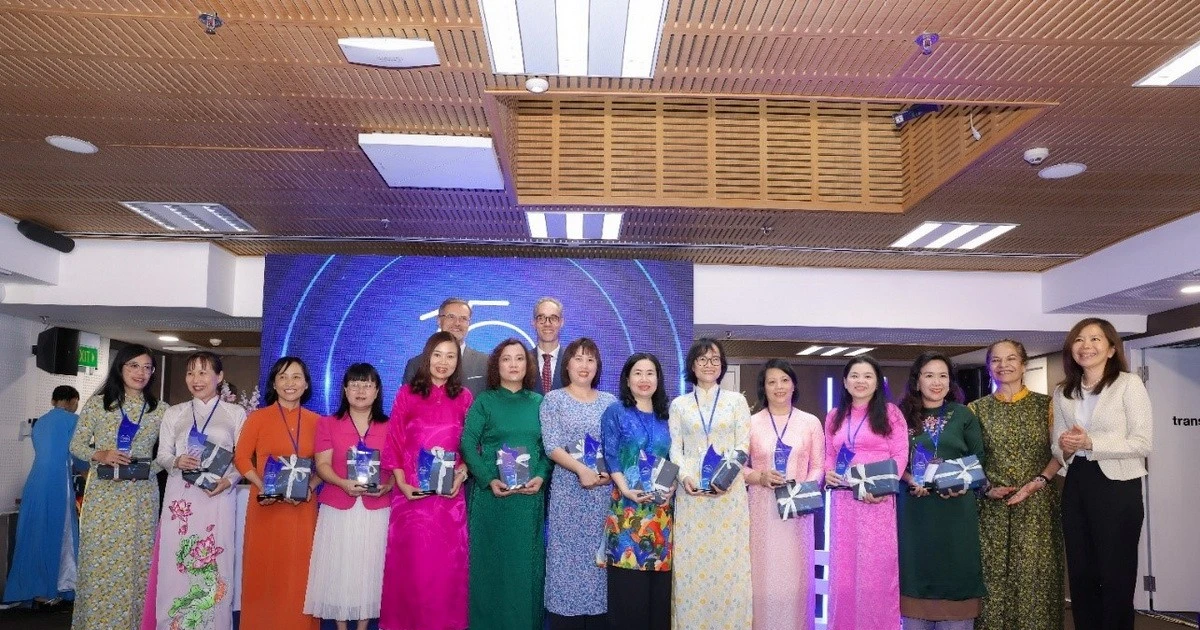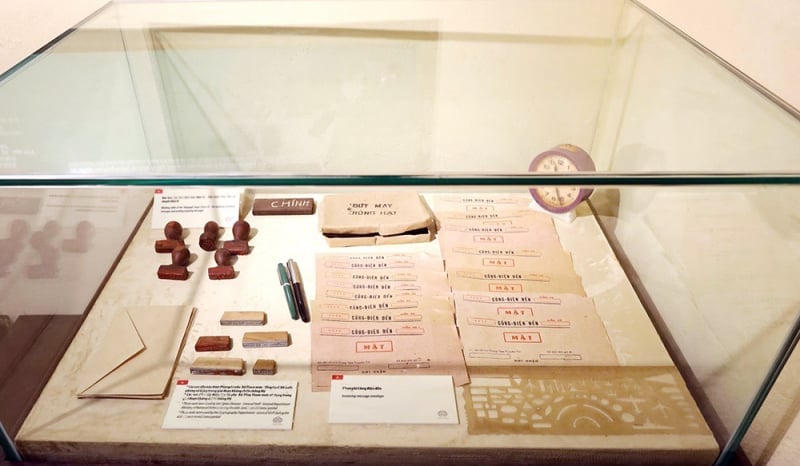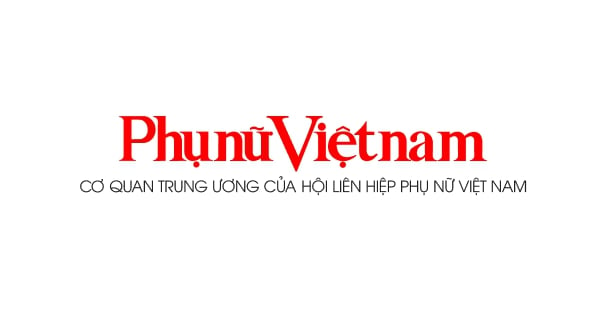
Fake research can erode public trust in science - Photo: EARTH
According to Earth , investigators have uncovered a vast network of brokers, hijacked journals, and “article mills” that churn out fake scientific research for profit.
Public loss of faith in science
A research team led by Northwestern University (USA) said the scale of this problem could erode public trust in science, if there is no early intervention.
“Science must better police itself to protect its integrity,” physicist Luís AN Amaral, lead author of the study, stressed.
People often think of scientific fraud as a story about a dishonest researcher manipulating data or plagiarizing.
But Mr Amaral's team uncovered sophisticated global networks of individuals and organisations working closely together to manipulate the publishing process.
“These networks are essentially criminal organizations that work together to tamper with scientific processes,” Amaral said. “Millions of dollars are spent on these operations.”
"Business" booms
The data revealed the central role of “article mills” – establishments that produce fake scientific research papers for paying clients.
Some content is created by fabricating information, plagiarizing, or using manipulated images, with claims that are scientifically impossible.
“Many people pay ‘paper mills’ and not only buy papers, but also buy citations. They look like reputable scientists, while doing almost no research of their own,” Amaral said.
According to author Reese Richardson, providers of this type of service have many different models but the same goal is to sell reputation.
“They often sell authorship for hundreds or even thousands of dollars,” he said. “Someone might pay more to be the lead author or less to be the fourth author.”
Amaral's team has even developed a system to detect the products of "article mills," which involves scanning for suspicious errors like misidentifying lab equipment. This method has found questionable papers accepted by reputable journals.
The investigation also uncovered brokers—people who connected all the pieces of the fraud chain, such as ghostwriters, paying authors, willing journals, and even complicit editors.
In some cases, fraudsters bypass legitimate journals entirely by taking over the identities of defunct journals, a tactic known as journal hijacking, which helps their publications appear legitimate.
“This happened to HIV Nursing,” said Richardson. “It was previously the journal of a professional nursing organization in the UK, then it stopped publishing and the domain expired. An organization bought the domain and started publishing thousands of articles on topics completely unrelated to nursing.”
Researchers warn that this problem will only get worse with the development of generative artificial intelligence, which can produce convincing fake text and data on a large scale.
Source: https://tuoitre.vn/nghien-cuu-gia-mao-tran-ngap-cac-tap-chi-khoa-hoc-20250812101035698.htm




![[Photo] Party and State leaders meet with representatives of all walks of life](https://vstatic.vietnam.vn/vietnam/resource/IMAGE/2025/8/24/66adc175d6ec402d90093f0a6764225b)



![[Photo] Phu Quoc: Propagating IUU prevention and control to the people](https://vstatic.vietnam.vn/vietnam/resource/IMAGE/2025/8/24/f32e51cca8bf4ebc9899accf59353d90)

































































































Comment (0)